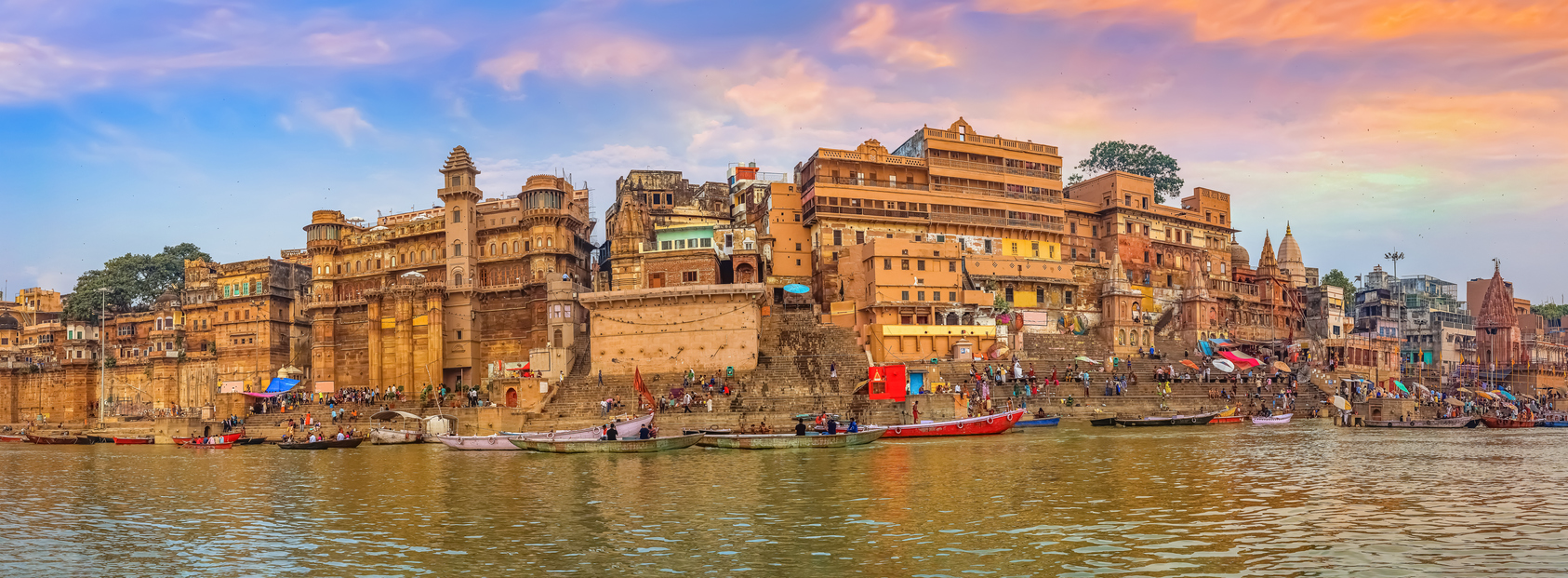
The use of urns after the cremation of a loved one is an ancient tradition dating back to ancient times. Traditionally, urns have been used as a tangible reminder of a loved one who has died. Over time, the use of urns has taken different forms in different cultures and religions. In this article, we will look at how urns are used in different cultures, from Europe to Africa. And how these differences can help in understanding the role of urns in mourning and burial traditions.
Use of urns in European culture
In Europe, urns are often used as a place to keep the ashes of a loved one. Usually the urn is placed in the home, such as on a mantel or an altar. Some people choose to take the urn with them when they travel or scatter it in a specially chosen area. This can help maintain a sense of connection with the deceased, even if they are no longer physically present.
Urns in Chinese culture
In China, urns are often used in ceremonies and rituals, such as a cremation or funeral service. The urn is then kept in a family altar or in a special columbarium, for example. In Chinese culture, the ashes of the deceased are considered a sacred relic. And the urn as a sacred object.
Use of urns in Indian culture
In India, urns are often used in ceremonies and rituals, such as a cremation or funeral service. The ashes are often scattered in the Ganges River or some other sacred place. In Indian culture, people believe that ash scattering helps guide the soul of the deceased into the next world.
Urns in Islamic culture
In Islamic culture, urns are not used, instead the deceased is buried directly. However, some Muslims choose to keep the ashes of the deceased in a specially designed urn, usually a casket. Especially if the funeral takes place in a country where use of an urn is common.
Urns in African culture
In some African cultures, urns are used in ceremonies and rituals after a death. The urn is often kept in a special room in the home of the deceased or in a shrine. The urn is often considered an important part of the deceased’s legacy and can be passed on to subsequent generations as a symbolic reminder of family history.
The use of urns in different cultures and religions is done in different ways. From a tangible reminder of a loved one to a symbolic object in ceremonies and rituals. The use of urns may vary in cultural and religious traditions, but their function remains the same. All are intended to maintain connection with the deceased and keep the memory of them alive.



